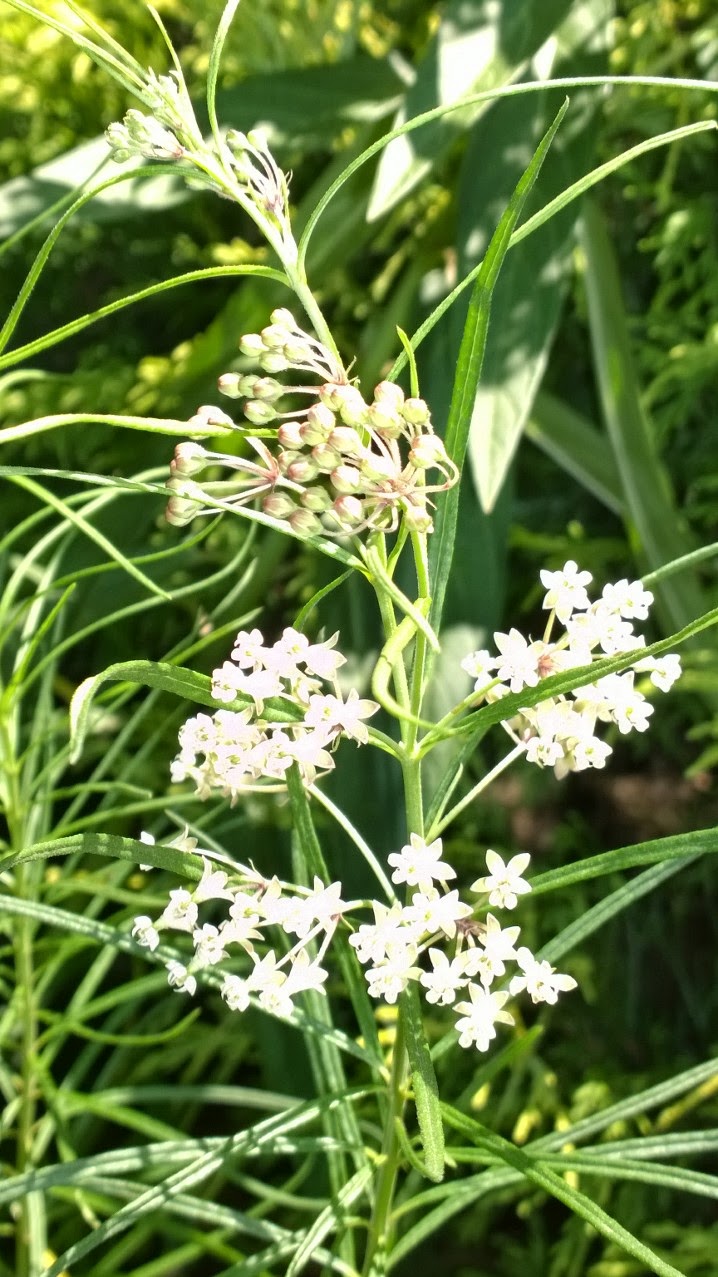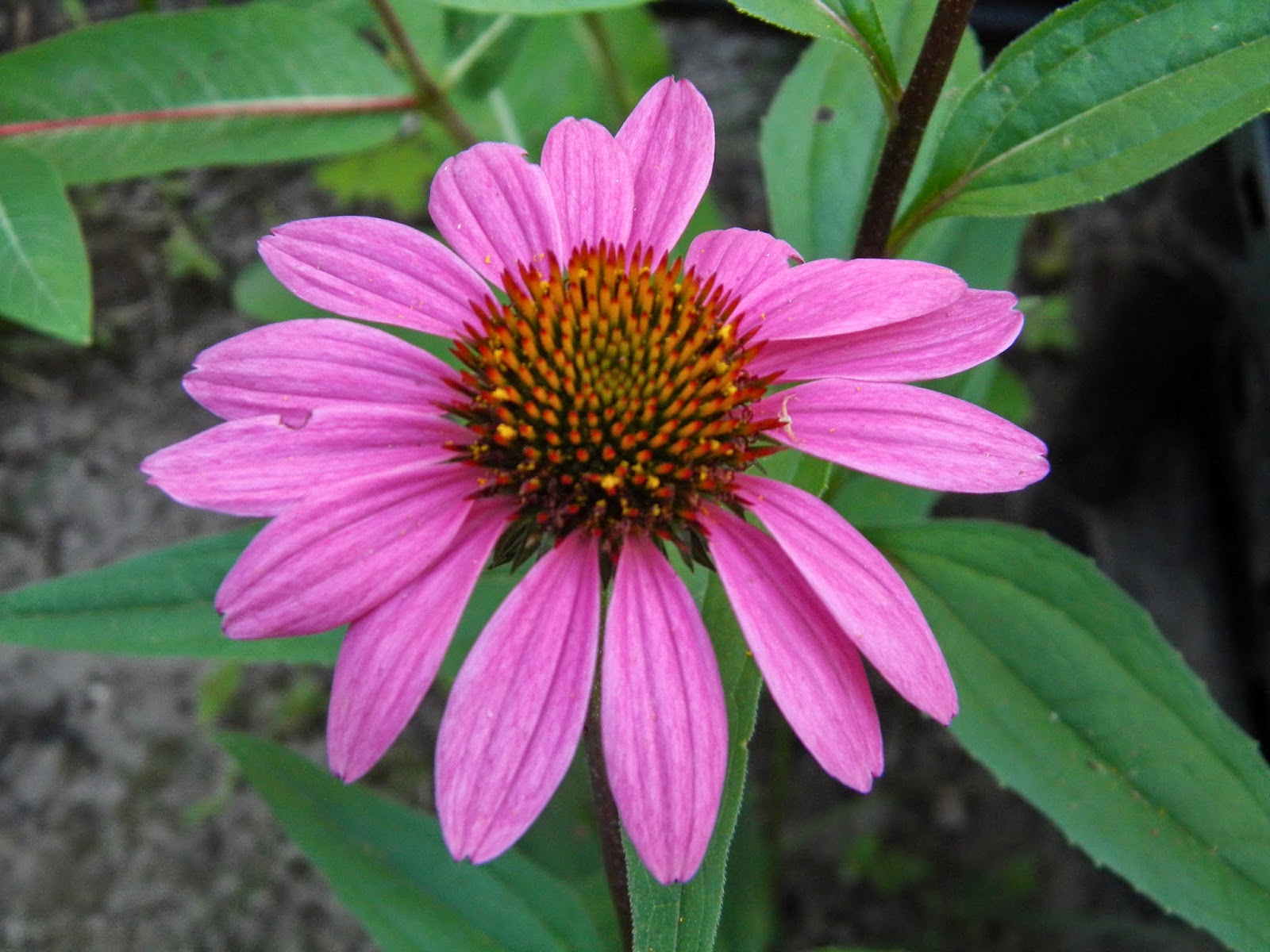 I first saw New York Ironweed along Absecon Creek and recognized it from a field guide. I had been exploring a roadside brackish marsh which was teaming with flowering natives. I later discovered it along the Great Egg Harbor and two years ago again on the Mullica. I was awed by how tall it was and the rich dark purple flowers, I suppose you could nick name it "Deep Purple."
I first saw New York Ironweed along Absecon Creek and recognized it from a field guide. I had been exploring a roadside brackish marsh which was teaming with flowering natives. I later discovered it along the Great Egg Harbor and two years ago again on the Mullica. I was awed by how tall it was and the rich dark purple flowers, I suppose you could nick name it "Deep Purple." In the asteracae family, its 3" - 5" flat cluster flower heads attract many kinds of pollinators including birds, bees, butterflies and skippers. The plant can grow from 3 to 7 feet high and tolerate a variety of soils. The fact that I have seen it along coastal rivers indicates that it tolerates brackish conditions. I have also seen it on display at the Pinelands Preservation Alliance's native Plant garden under dryer conditions and it seemed to do well. But I think it is most content to be in moist, sunny areas. I have seen it blooming in the various locations throughout the month of August.
 |
| A mass planting in a garden |
I have grown this plant from seed with mixed success. Some years I have had an abundant crop, other years it was scarce. I have experimented with cuttings also, and have found mixed results. I prefer seed propagation over cuttings, since I have found that the can bloom the first year from seed if given room to grow and plenty of sun and water.
Try this plant for back of the border where you want something tall. I blends well with companion plants, Cardinal Flower, Sneezeweed, Narrow Leaf Sunflower and Marsh Rattlesnake Master which make for a colorful display. In a moist, sunny location you should have beautiful results.












